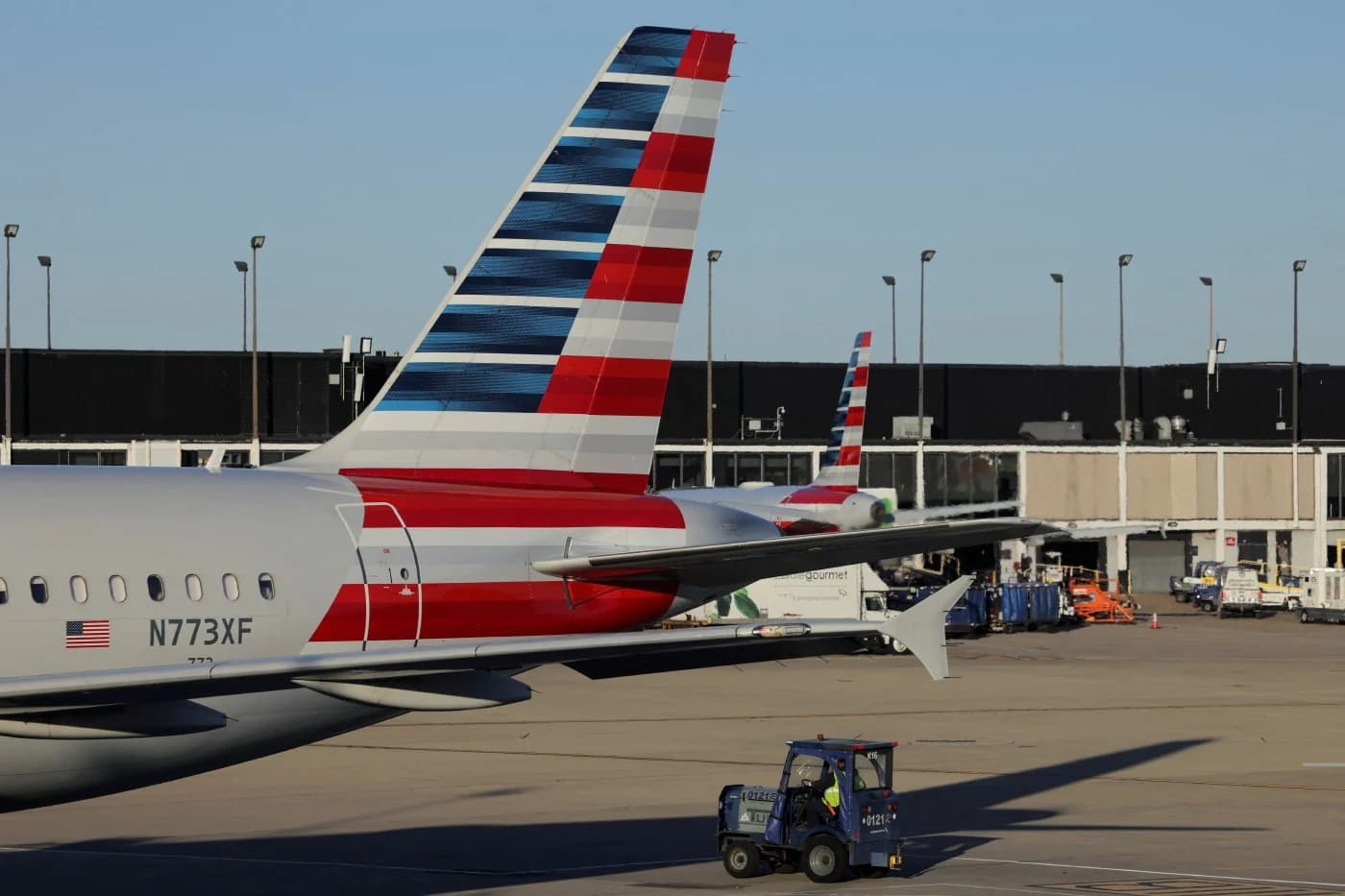We're loading the full news article for you. This includes the article content, images, author information, and related articles.
A prolonged US government shutdown has triggered critical staff shortages among air traffic controllers, causing thousands of flight delays and cancellations that threaten to disrupt global travel networks.

WASHINGTON D.C. – The United States aviation system is facing a severe operational crisis, with a critical shortage of air traffic controllers leading to widespread flight disruptions. On Saturday, October 25, 2025, the Federal Aviation Administration (FAA) recorded 22 “staffing triggers,” indicating significant shortfalls at control facilities across the country, a figure US Transportation Secretary Sean Duffy described as “one of the highest” since a federal government shutdown began on October 1, 2025.
The staffing crisis, now in its fourth week, is a direct consequence of the ongoing government shutdown, which has forced approximately 13,000 air traffic controllers and 50,000 Transportation Security Administration (TSA) officers to work without pay. The financial strain and immense stress of the high-stakes job have led to a rise in absences and sick calls, crippling airport operations. “That’s a sign that the controllers are wearing thin,” Secretary Duffy stated in a Fox News interview on Sunday, October 26, 2025.
The impact on travelers has been immediate and severe. On Sunday, a staffing shortage at a Southern California air traffic facility forced the FAA to issue a temporary ground stop for flights bound for Los Angeles International Airport (LAX), one of the world's busiest hubs. The stoppage, which began around 6:45 PM EAT (11:45 AM ET), caused delays averaging an hour and 40 minutes. Similar disruptions were reported at major airports nationwide, including Newark Liberty International (EWR), Chicago O'Hare (ORD), and Ronald Reagan Washington National (DCA).
According to the flight-tracking website FlightAware, more than 5,300 US flights were delayed on Saturday, October 25, with over 8,000 more delayed by Sunday evening. Since the shutdown began, daily flight delays have consistently been above average. The FAA was already grappling with a shortage of about 3,500 controllers before the shutdown, a situation that required many to work mandatory overtime. The current crisis has exacerbated this pre-existing vulnerability, halting the training of new recruits and raising concerns about the long-term stability of the US aviation workforce.
While the disruptions are centered in the United States, the ripple effects have the potential to impact international travel, including routes connecting to East Africa. Major US airports serve as critical hubs for global carriers, and prolonged instability could lead to schedule changes or cancellations on intercontinental flights. As of Monday, October 27, 2025, there have been no specific reports of direct impacts on Kenya Airways flights to and from the US. However, Kenyan travelers with connecting flights within the American domestic system are advised to monitor their itineraries closely for potential delays.
The situation highlights the interconnectedness of the global aviation network, where a significant domestic crisis in a major market like the US can have far-reaching consequences. Aviation industry groups, including the National Air Traffic Controllers Association (NATCA), have issued stark warnings about the escalating risks. “With each passing day, controllers become more distracted by the risk of receiving a zero-dollar paycheck,” NATCA President Nick Daniels said in a statement, emphasizing the threat to safety and security. The U.S. Travel Association estimates the shutdown could be costing the American economy $1 billion per week in travel-related spending.
The White House and Congress remain deadlocked over a federal budget, leaving the timeline for resolving the shutdown and restoring normalcy to the aviation sector uncertain. Until a funding agreement is reached, travelers can expect continued delays and disruptions across the US air travel system. FURTHER INVESTIGATION REQUIRED to determine the direct impact on flight schedules to Jomo Kenyatta International Airport.
Keep the conversation in one place—threads here stay linked to the story and in the forums.
Other hot threads
E-sports and Gaming Community in Kenya
Active 6 months ago
Popular Recreational Activities Across Counties
Active 6 months ago
The Role of Technology in Modern Agriculture (AgriTech)
Active 6 months ago
Investing in Youth Sports Development Programs
Active 6 months ago